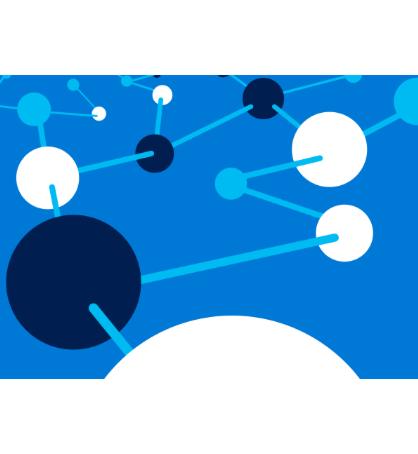| Microsoft Cognitive Toolkit Version 2.0 Beta |
| Written by Mike James |
| Monday, 31 October 2016 |
|
The open source Microsoft Cognitive Toolkit has a new website together with the first beta of Version 2.0. Previously known as CNTK is sets out to be a commercial-grade toolkit for training deep learning algorithms to learn like the human brain and is already breaking records. Microsoft Cognitive Toolkit is the new name for its Computational Network Toolkit (CTNK) which was initially developed in house at by computer scientists who wanted to harness deep learning for their own research efforts in areas such as speech recognition. It has been available under an open-source license since April 2015, initially on Codeplex and since the start of 2016 on GitHub, where is has seen a lot of activity. According to its description on GitHub: CNTK, the Computational Network Toolkit by Microsoft Research, is a unified deep-learning toolkit that describes neural networks as a series of computational steps via a directed graph. In this directed graph, leaf nodes represent input values or network parameters, while other nodes represent matrix operations upon their inputs. CNTK allows to easily realize and combine popular model types such as feed-forward DNNs, convolutional nets (CNNs), and recurrent networks (RNNs/ LSTMs). It implements stochastic gradient descent (SGD, error backpropagation) learning with automatic differentiation and parallelization across multiple GPUs and servers. CNTK has . It is our hope that the community will take advantage of CNTK to share ideas more quickly through the exchange of open source working code. Highlights of the latest release, now referred to as the Microsoft Cognitive Toolkit, are:
In the blog post announcing the new beta, Frank Seide, a principal researcher at the newly formed Microsoft AI and Research Group, who, having been a key architect of the toolkit, is by far its major contributor on GitHub is quoted as saying: “We’ve taken it from a research tool to something that works in a production setting,” Another quote is attributed to Chris Basoglu, a partner engineering manager at Microsoft who has played a key role in developing the toolkit: "One key reason to use Microsoft Cognitive Toolkit is its ability to scale efficiently across multiple GPUs and multiple machines on massive data sets" It is designed to run on multiple GPUs and has been optimized to take advantage of the NVIDIA hardware and Azure networking capabilities of the Azure N-Series Virtual Machines, said to be the fastest GPUs in the public cloud, which are currently available in preview. While Microsoft Cognitive Toolkit 2.0 is now available to external developers and data scientists, it continues to be used by Microsoft Research to make breakthroughs with speech recognition. Last month we reported that its system achieved a word error rate (WER) of 6.3%, the lowest in the industry. This month an even more significant milestone has been reached - a WER of 5.9% in the same Switchboard speech recognition task which puts it on a par with human ability. Such improvements will make it easier for Microsoft systems, used in Skype Translator and Cortana, to better understand what users are trying to say even in noisy environments such as at a party, driving on the highway or in an open floor plan office. CTNK pioneered its own network description language, Brainscript. Now to cater for a wider group of user the latest version of the Microsoft Cognitive Toolkit has Python and C++ APIs. It also supports reinforcement learning, again in response to requests from the research community. Being open source this is no longer just a Microsoft plaything and, in common with Google's TensorFlow, is widening the horizon for AI. This is its snazzy promo video which probably is surplus to requirements as Microsoft Cognitive Toolkit is obviously exciting:
More InformationMicrosoft releases beta of Microsoft Cognitive Toolkit for deep learning advances Related ArticlesNew Microsoft AI and Research Group C# SDK For Language Understanding Intelligent Service Conversation and Cognition at Build 2016
To be informed about new articles on I Programmer, sign up for our weekly newsletter, subscribe to the RSS feed and follow us on Twitter, Facebook, Google+ or Linkedin.
|
| Last Updated ( Monday, 31 October 2016 ) |

